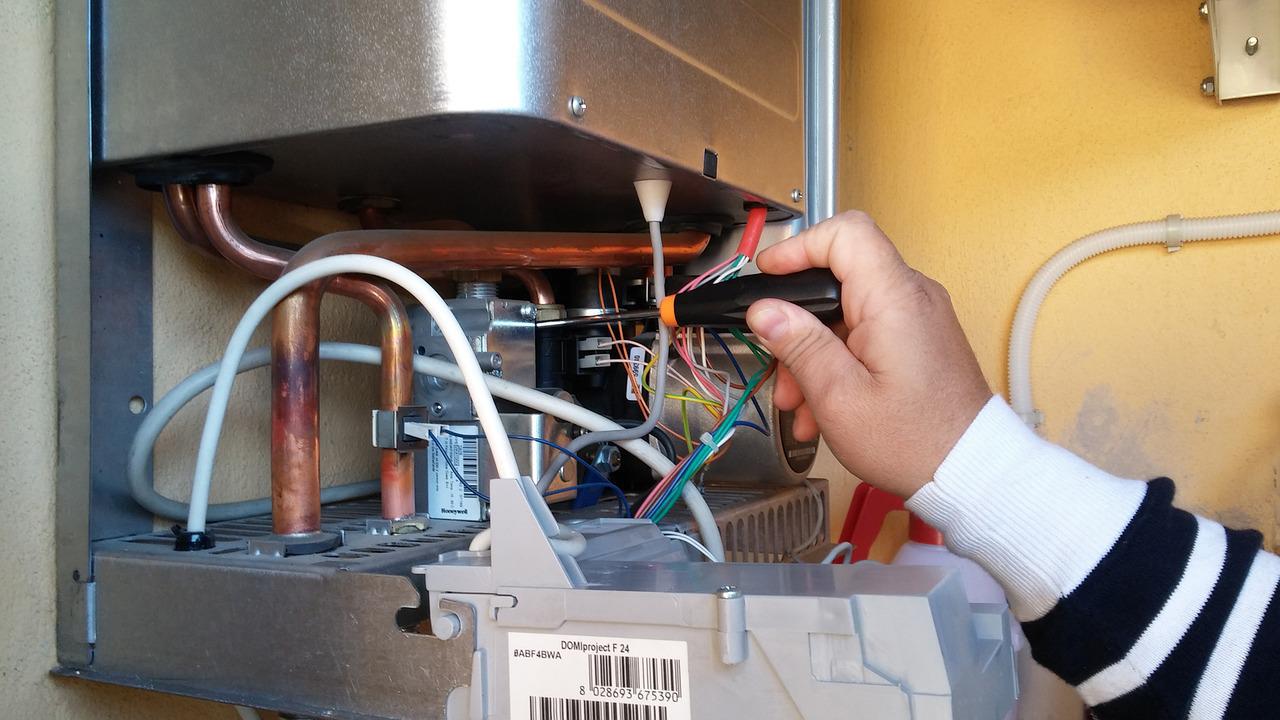Your water heater is one of the most useful household appliances in your home. It ensures a continual supply of hot water. Unfortunately, like every other household appliance, water heaters are not supposed to last a lifetime. If your water heater sustained severe damage and is beyond saving or is on its last legs, consider replacing it.
Before you replace your water heater, familiarize yourself with plumbing codes for water heater replacement. Plumbing codes are a set of guidelines, rules, and regulations enforced by state and local authorities. They govern the installation, design, and inspection of plumbing systems.
The purpose of plumbing codes is to ensure plumbing systems operate efficiently and safely. When replacing a water heater, failure to follow plumbing codes could result in extreme safety hazards in your home. In addition, violation of plumbing codes can attract a hefty penalty.
As a professional water heater replacement specialist, the following codes are just some of the many rules you must follow when installing a water heater.
Expansion Tank
An expansion tank is a small tank designed to relieve pressure caused by thermal expansion. It has a bladder that absorbs water to reduce pressure. Once the heater loses pressure, the water absorbed by the bladder is released back into the plumbing.
When replacing a water heater, install an expansion tank or excess pressure that builds up in your tank during thermal expansion can damage its components.
Water Pressure Regulators
As the name implies, a water pressure regulator regulates pressure in the water heater tank. If the water pressure in your home exceeds 80 PSI, install a water pressure regulator to prevent damage to heater components.
Pans and Drains
Homeowners should install a drain pan with a drain line underneath their tank to prevent leaks. A drain pan collects water and channels it to a drain line and is the first line of defense against leaks and spillage.
Without a drain pan in place, water can wreak havoc on your property if a leak occurs.
T & P Valve
Check with your municipality if homeowners are required to install a temperature and pressure relief or T & P valve. A T & P valve is designed to open and release the pressure inside the tank when hot water temperature exceeds 210 degrees F or water pressure exceeds 150 PSI. Without a T & P valve, your tank may rupture or explode when the pressure or temperature exceeds a certain level.
Pressure relief valves should have a discharge pipe that should discharge water either into the drainage system or the building’s exterior in a safe, reliable, and effective manner, ensuring no damage to building structures.
Do you need help on a water heater replacement project near you in Sonoma County? A water heater installation is not a DIY project to take on, to ensure the safety and wellness of your home, call an expert at Redwood Sewer & Drain. Our experience crafting customized plumbing solutions sets us apart. To make an appointment, call (707)393-1959.

